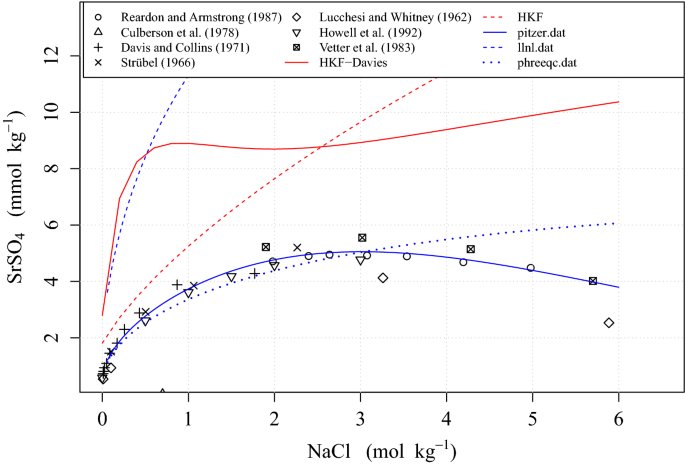The steps to remove WSUS and reinstall WSUS are pretty standard but they do have some variances on how WSUS was installed in the first place.
To remove WSUS completely, you need to:
My one MVC project on same machine with Data Source=(localDB) v11.0 is working. However Entity Framework 5.0 is used in that application. Here I am using 6.1.2 – Nps Jan 4 '15 at 17:59. Make sure you meet the system requirements. Chrome doesn’t work with the following older platforms: Windows XP; Windows Vista; Mac OS X 10.6, 10.7, and 10.8. Although a change to the database might make information in the systables, syscolumns, sysindices, sysfragments, sysdistrib, and sysfragdist system catalog tables obsolete, the database server does not automatically update those tables after most SQL statements. Updating Statistics for Columns of User-Defined Types. How to fix Kaspersky Databases Update.
- Remove WSUS Role
- You can remove the role through the GUI using Server Manager or
- You can use an Administrative PowerShell prompt and run:
- Remove the Database WSUS was using (SUSDB.mdf and SUSDB_log.ldf).
- If you were using the Windows Internal Database (WID), specifically delete the SUSDB.mdf and SUSDB_log.ldf in C:WindowsWIDData (or C:WindowsSYSMSISSEEMSSQL.2005MSSQLData for Server 2008/2008 R2)
- If the WID was only used for WSUS, you should remove the WID feature in Server Manager to fully clean up the installation. When you do remove the WID Feature, make sure to remove the entire C:WindowsWID folder too.
- If you want to remove WSUS and KEEP the WID, and plan on NOT to reinstall WSUS, you must first detach the SUSDB database from SQL before removing the mdf and ldf files. The easiest way is to use SQL Server Management Studio to connect to the WID, and then right click on the SUSDB database > Tasks > Detach.
- You can remove it through PowerShell from an Administrative PowerShell prompt by:
Remove-WindowsFeature -Name UpdateServices-WidDB - If you’re using Server 2008 / Server 2008 R2, use the following PowerShell command from an Administrative PowerShell prompt to remove the WID if it was used ONLY for WSUS:
- If you were using a remote SQL Server instance, detach the database from the remote server and physically delete the SUSDB.mdf and SUSDB_log.ldf.
- If you were using a local SQL Server instance (Standard or Express [See why you should not use Express edition for WSUS]) detach the database from the local server instance and physically delete the SUSDB.mdf and SUSDB_log.ldf.
- If you were using the Windows Internal Database (WID), specifically delete the SUSDB.mdf and SUSDB_log.ldf in C:WindowsWIDData (or C:WindowsSYSMSISSEEMSSQL.2005MSSQLData for Server 2008/2008 R2)
- In IIS, remove the ‘WSUS Administration’ website and the ‘WsusPool’ Application Pool if they still exist.
- Remove the WSUS Content folder wherever you had it previously installed (eg. C:WSUS, or D:WSUS)
- Restart the server.
WSUS should now be completely gone from your system. Now you should be able to re-install the WSUS role, and if necessary, the Windows Internal Database (WID) role too.
To Install WSUS:
- Re-add the WSUS Role
- Re-add the WID feature if applicable
- Restart the server again.
- MAKE SURE .NET 4.7 IS NOT INSTALLED FOR SERVERS OLDER THAN 2019 (it comes as a KB number for your server OS, not an add/remove programs installation.) The WSUS post-installer on prior versions to 2019 is not compatible with .NET 4.7 and will always error out. Once WSUS is installed and working, .NET 4.7 can be reapplied and WSUS should still work. The idea here is that you do not want to remove the integral .NET component to Windows (eg. .NET 4.5) as it will remove options like Server Manager and other features. What you want to do is make sure the integral component (eg. .NET 4.5) is NOT upgraded to .NET 4.7 through Windows Update patches.
- Run the post-installation configuration.
- From an administrative command prompt:
- For the Windows Internal Database:
- For any other SQL Database location:
or
- From an administrative command prompt:
If you have issues running the post-installation configuration, dis-join the server from the domain, and restart. Try the post-installation steps again. If it works, the issue is a policy on your domain that is causing the issues. You can then re-join the server to the domain.



How to Tell if the WID Instance Carries More Than Just the SUSDB Database
To tell if the WID carries more than the SUSDB database, you’ll need to install SQL Server Management Studio (SSMS) and connect to the WID instance to browse the databases. To do this, open SSMS by using right click, “Run as administrator” and in the database server copy/paste
WID2008
Databases Obsolete But Update Fails At 78% Center
WID2012+
Databases Obsolete But Update Fails At 78% Time
Keep the setting for use Windows Authentication and click connect. It should connect successfully to the WID SQL instance. Then expand Databases and you should see SUSDB and any other databases on this instance.